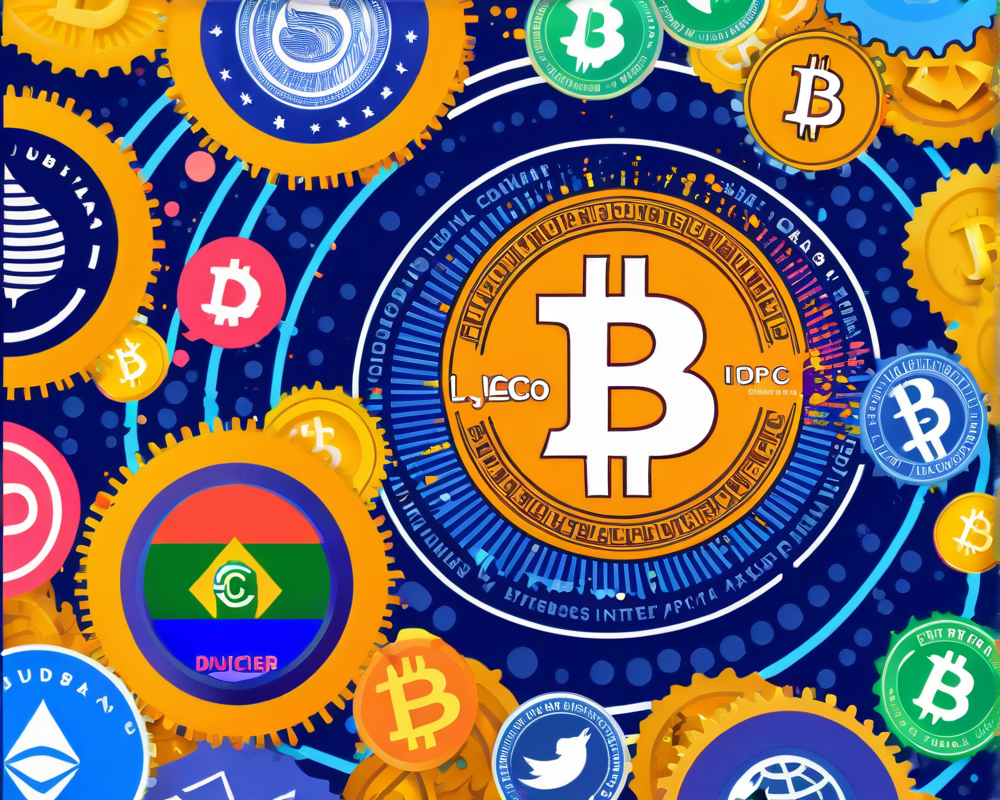Understanding Project Dunbar
In a groundbreaking move for the future of finance, the central banks of Australia, Singapore, Malaysia, and South Africa have teamed up to launch a pilot initiative dubbed Project Dunbar. This innovative venture aims to trial the use of central bank digital currencies (CBDCs) for international settlements, creating a new way for institutions to transfer values directly, cutting out those pesky middlemen.
Why DLT?
The heart of Project Dunbar beats with distributed ledger technology (DLT). But what does this mean for you, the everyday currency holder? In simple terms, transactions that used to take days and cost a fortune could soon be completed at lightning speeds and with minimal fees. Who doesn’t love saving time and money?
- Imagine sending money to a friend overseas within seconds.
- No more hidden fees eating into your cash.
- More transparency in banking transactions!
Collaborative Efforts
This initiative isn’t a solo act; it’s a collaborative concert featuring the Bank for International Settlements (BIS) Innovation Hub alongside various partners with exciting ideas about CBDCs. Together, they’re exploring different DLT platforms to forge a robust infrastructure that will redefine how central banks operate with digital currency.
The Goals of Project Dunbar
As Michele Bullock, assistant governor of the Reserve Bank of Australia put it, enhancing cross-border payments is no longer just a wish but a major priority for officials worldwide. So, what can we expect from Project Dunbar? Here are a few anticipated outcomes:
- Direct transactions between financial institutions without intermediaries.
- Insights that shape the future of global payment networks.
- An opportunity for markets to grow closer through improved connectivity.
The Road Ahead
Mark your calendars because the excitement is building! Project Dunbar is slated to showcase its technical prototypes at the upcoming Singapore FinTech Festival in November. And while we might have to wait patiently for its full findings set to be released in early 2022, one thing is for sure – if all goes as planned, we may be standing on the brink of a payment revolution. Talk about a digital currency renaissance!




